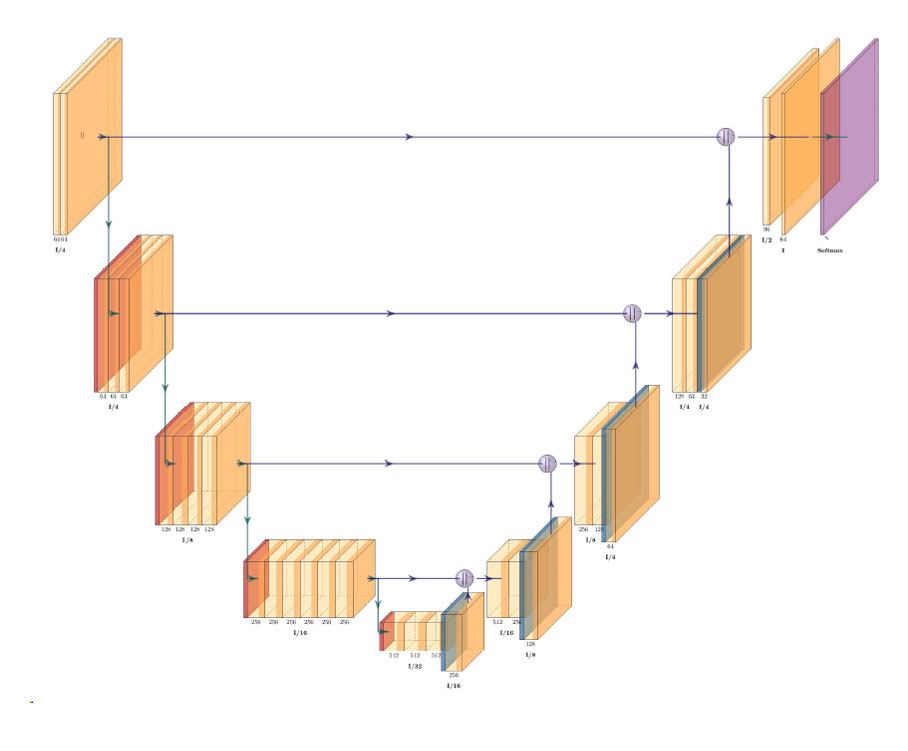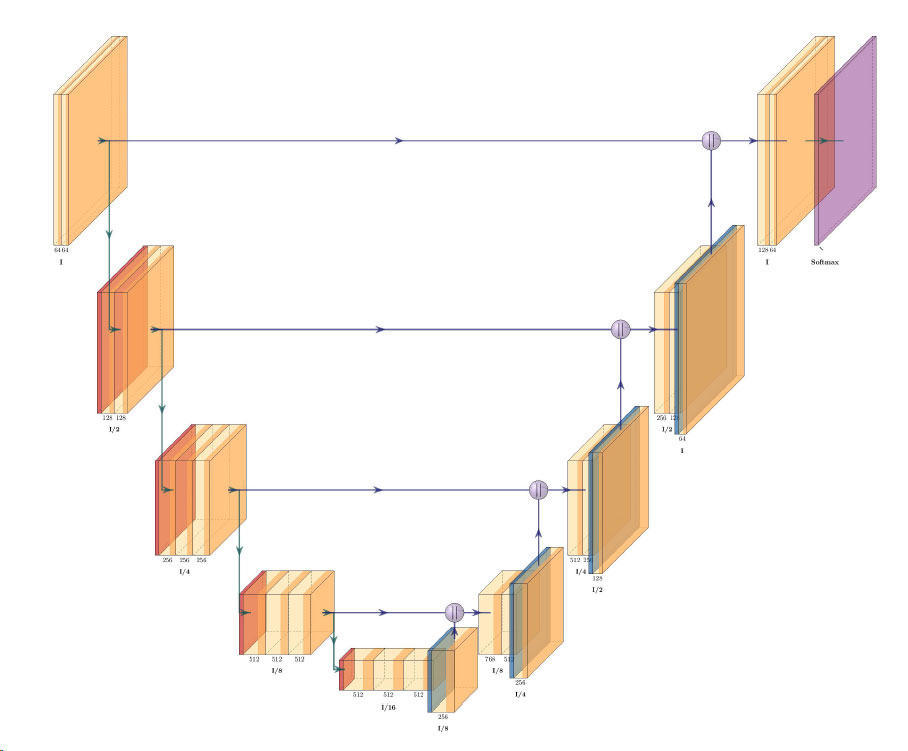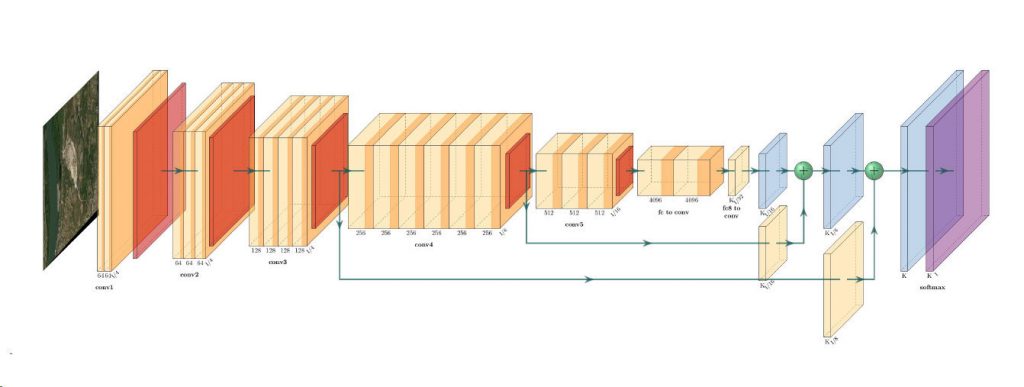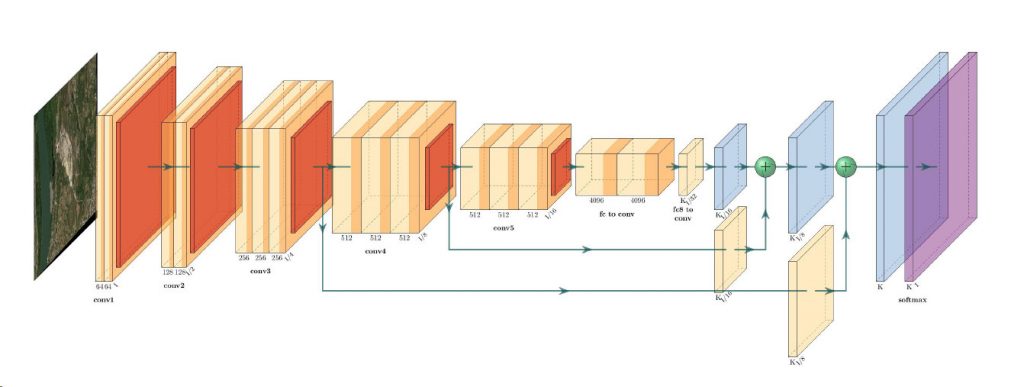European Space Imaging becomes EUSI
- European Space Imaging
We are excited to announce that European Space Imaging are rebranding to the acronym of EUSI.
After more than 20 years in the Earth Observation business, and known personally by our customers and partners internally for many years as EUSI, we felt like it was time to modernise our brand. It was important to us that the new logo was representative of our commitment to innovation and the reliability of our delivery of imagery in an ever-changing technological environment. For this reason, the new branding is rooted in the company’s heritage and will continue to feature the block icon that has become synonymous with the Space Imaging family, but with a fresher look and feel.
“Many people recognise the block icon as belonging to a Space Imaging company, but not everyone understands the significance of it” says Adrian Zevenbergen, CEO of EUSI. “The triangle represents a satellite and the square a pixel on earth. The distance between the two can be linked back to the first VHR satellite to be brought to the European market, IKONOS, that was operated by EUSI. It is essentially a cleverly hidden message in the branding that highlights a proud legacy”.
Over the years we have heard EUSI pronounced a variety of ways, and we want to set the record straight with respect to our company name. We will always welcome being referred to as European Space Imaging, however the acronym is pronounced:
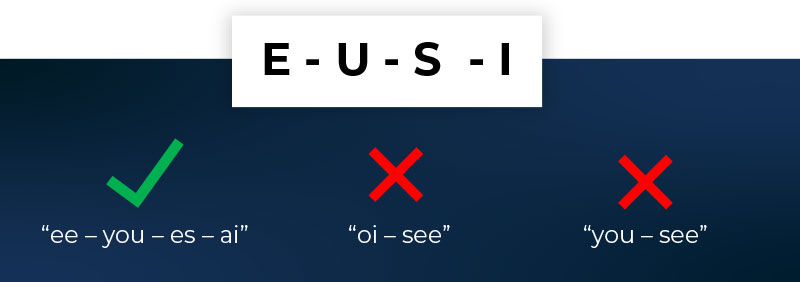
The new branding will be rolled out across all platforms in the coming weeks. It includes a new logo that is clean, modern and bold, as well as an update to our brand colours. The first physical appearance of the logo in market will be at DGI being held in London, 27 Feb – 1 March 2023.
Related Stories
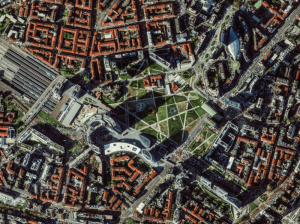
Europe’s Green and Digital Transformations with 25 Years of VHR Satellite Archive Data
Planning Europe’s future without knowing its past is impossible. The European Green Deal, Horizon Europe, the EU Biodiversity Strategy for 2030 and other policies all demand one thing: evidence. Not just today’s data, but years of history that show how our cities, forests, and coastlines have changed.
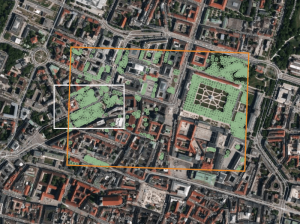
AI Uses 15 cm Satellite Images to Cut Costs and Increase Scalability in Forest Management and Urban Forestry
Forest managers across Europe face an impossible task: monitor millions of hectares with shrinking budgets while meeting increasingly strict EU environmental targets. But with the rise of AI and satellite technology, they now have new solutions at their disposal – smarter, cheaper, and more scalable – to monitor forest health, automate tree inventories, and plan sustainable logging. In this article, we introduce one of these solutions: an AI forestry algorithm developed by Arboair using 15 cm satellite data from EUSI.

GEOSeries: Extracting Insights From High Resolution SAR Imagery for Time-Sensitive Analysis
In this webinar, industry experts and advanced users of Umbra SAR data showcase how they transform SAR imagery into actionable insights in real-world mapping, monitoring and intelligence applications. See how NV5 and Umbra leverage ENVI SAR Essentials for advanced processing with time-efficient results, converting analytics into valuable intelligence.
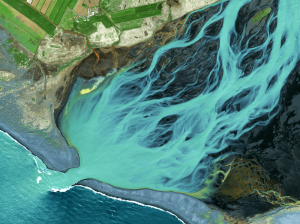
Using Satellite Imagery to Build Water Resilience Across Europe
Water across Europe is facing severe pressure. Climate change, urbanisation, agricultural demands and other sources of pollution are threatening water security and creating critical challenges that need to be addressed. We have to act quickly, build stronger systems and create sustainable water resilience practices – so that both natural ecosystems and human communities can thrive. Here is how satellite imagery from EUSI can help.


